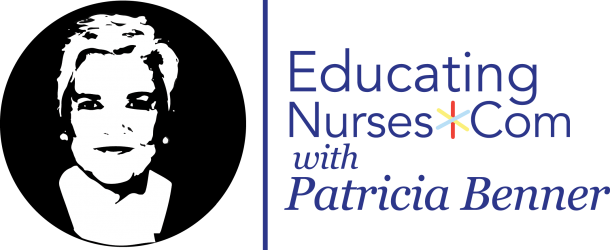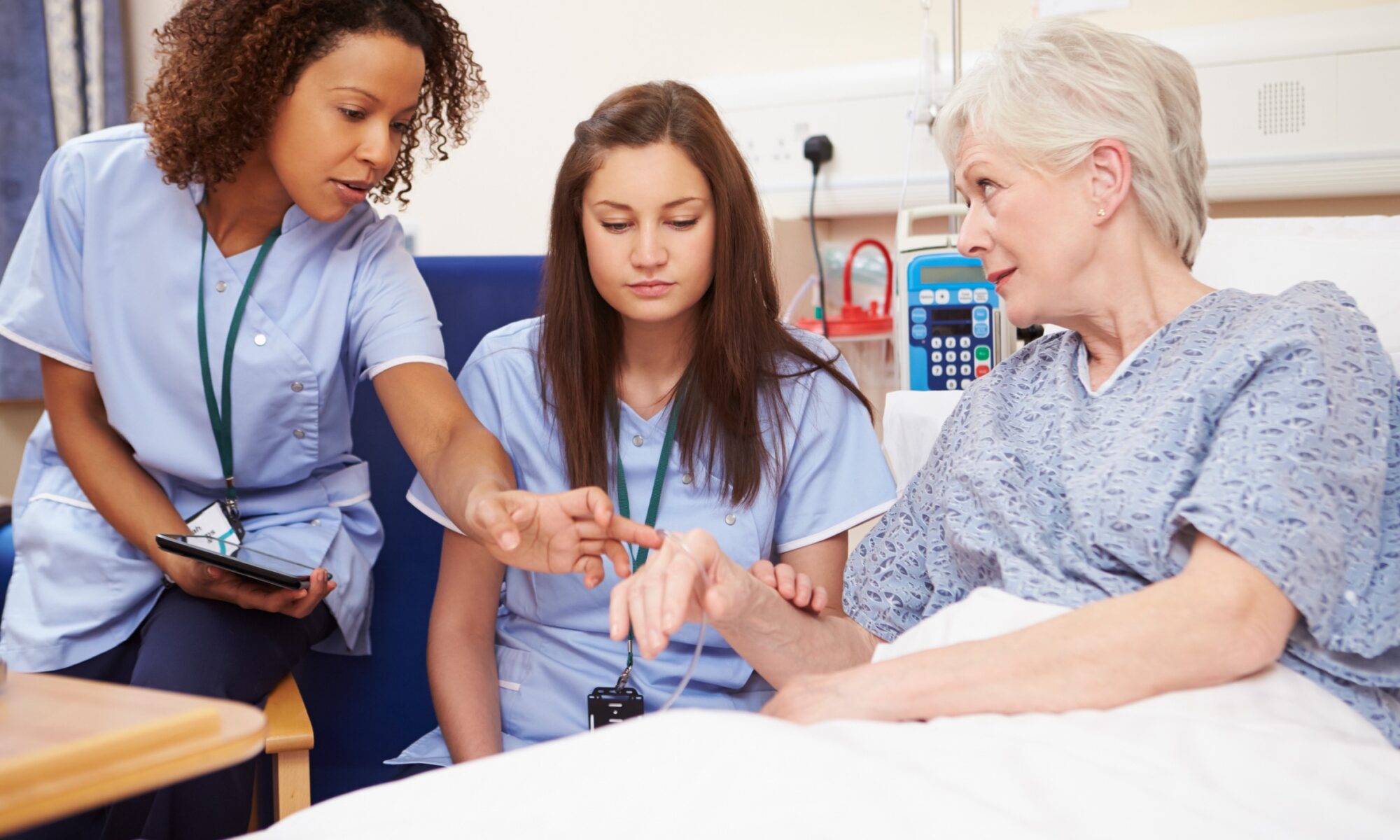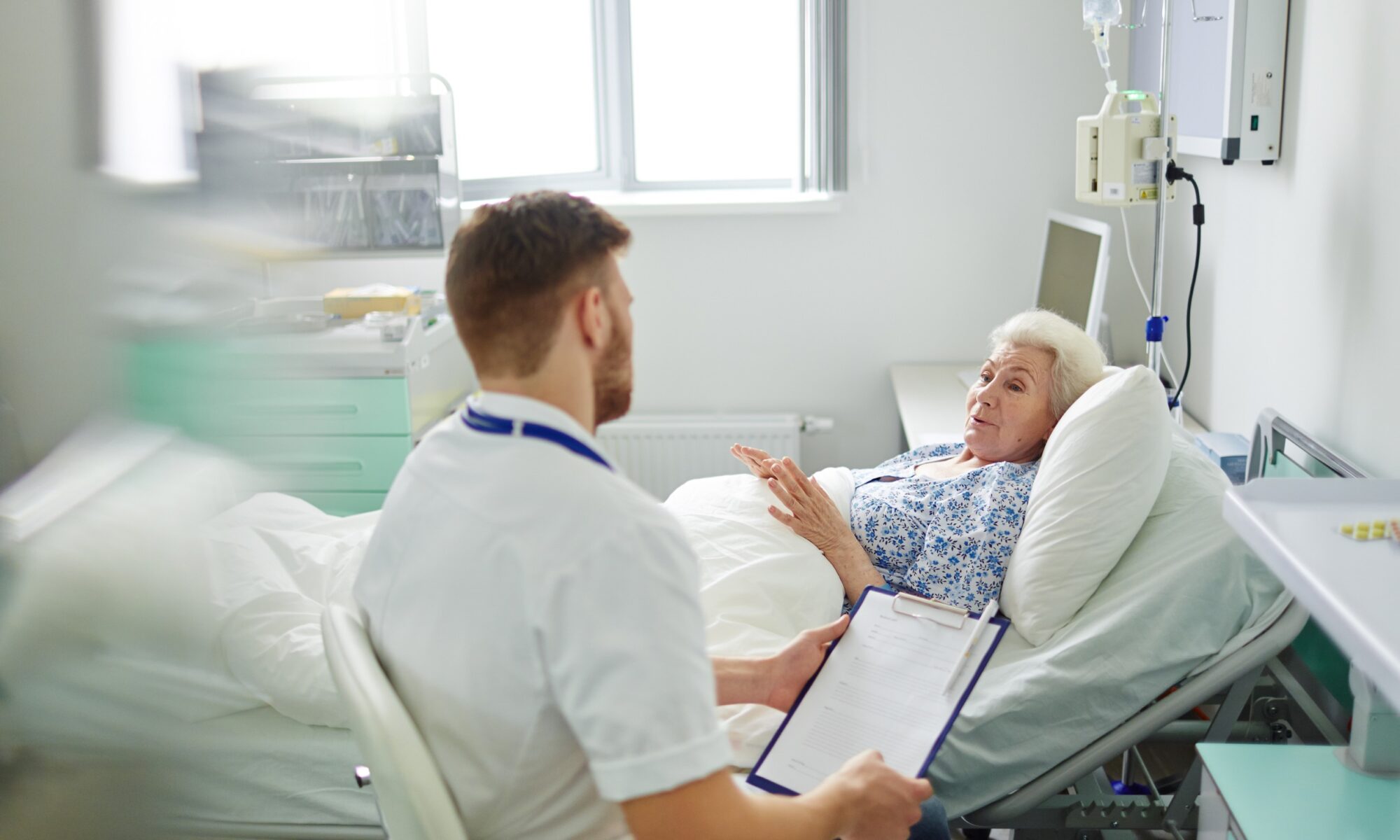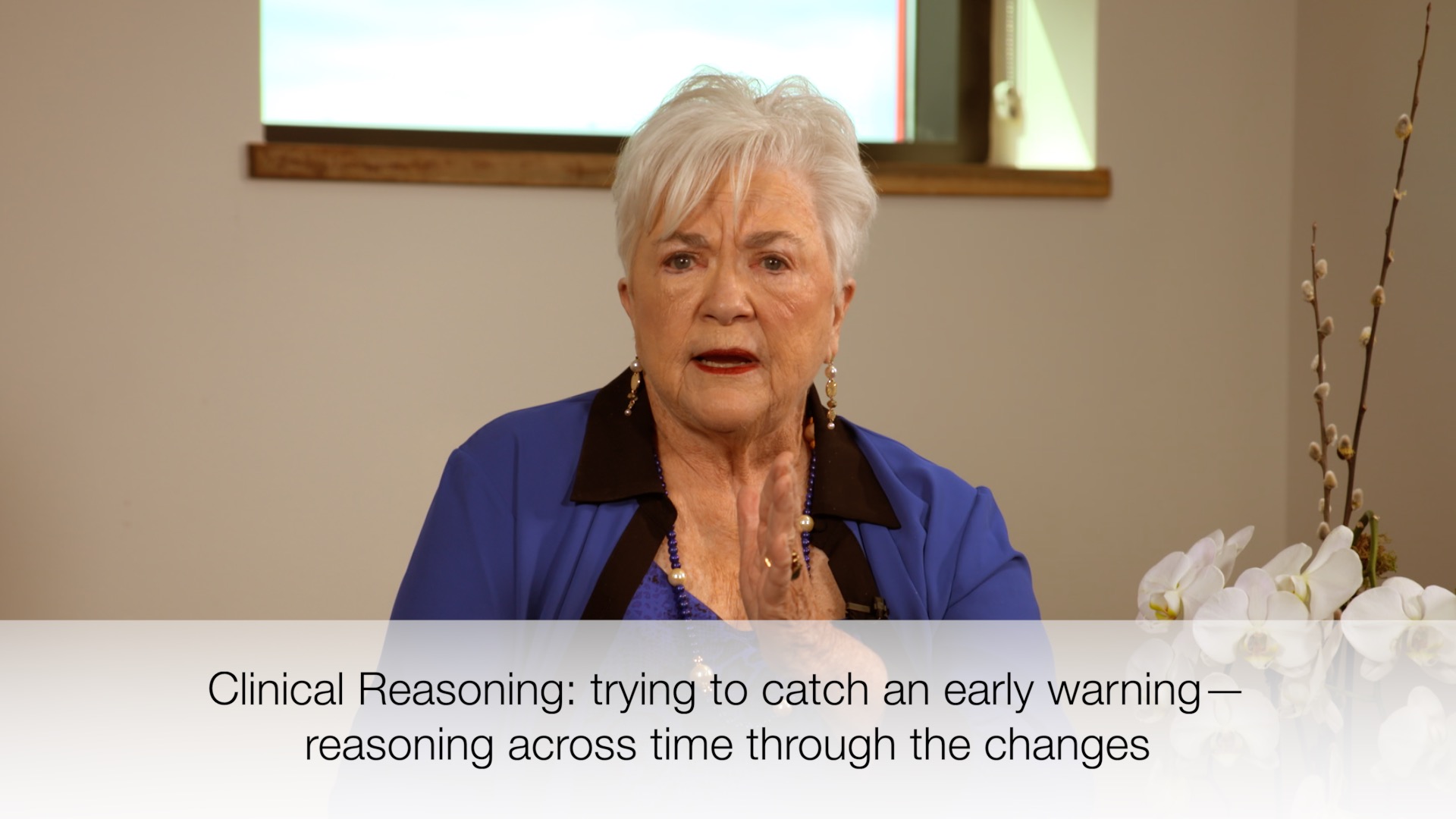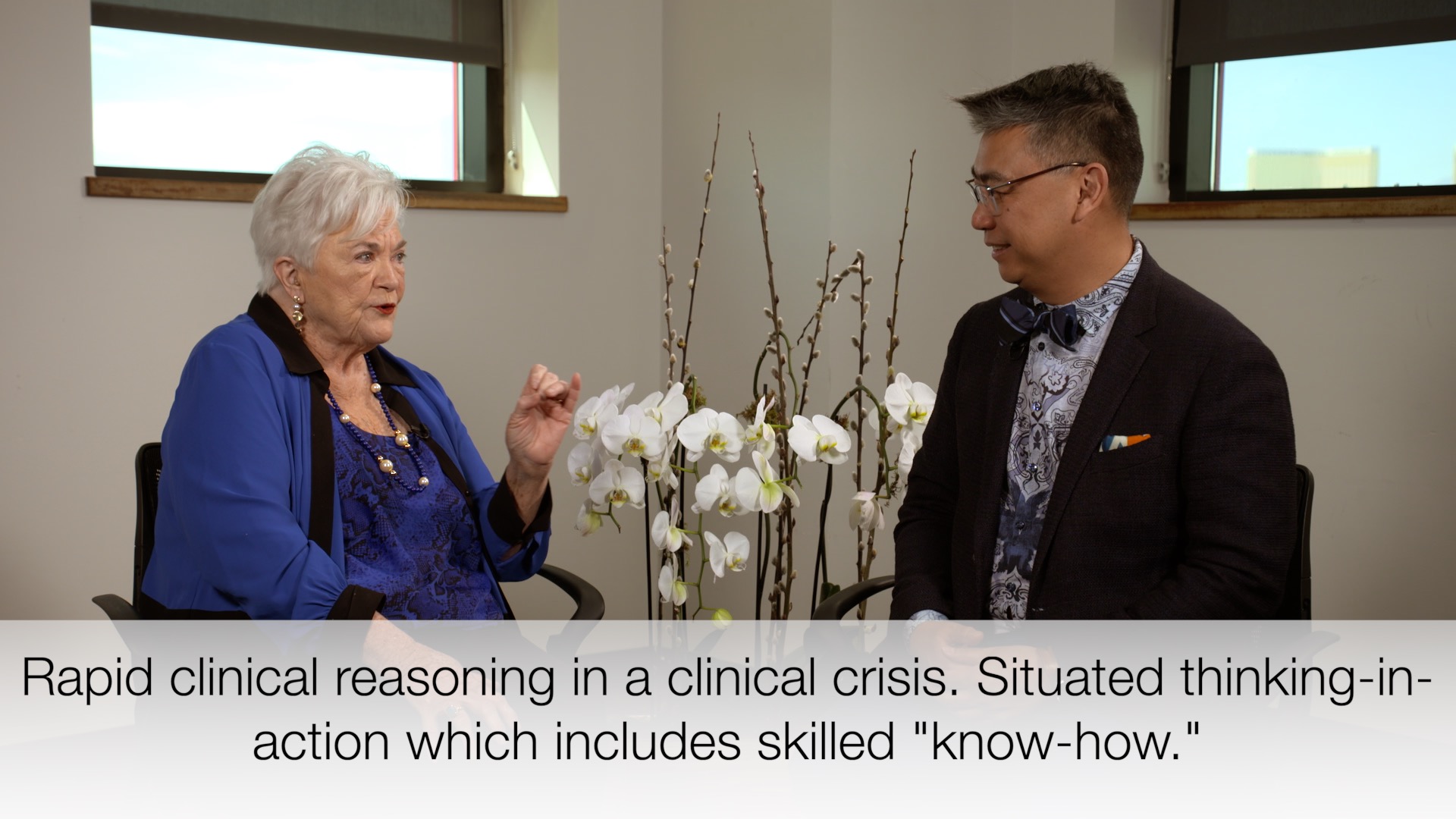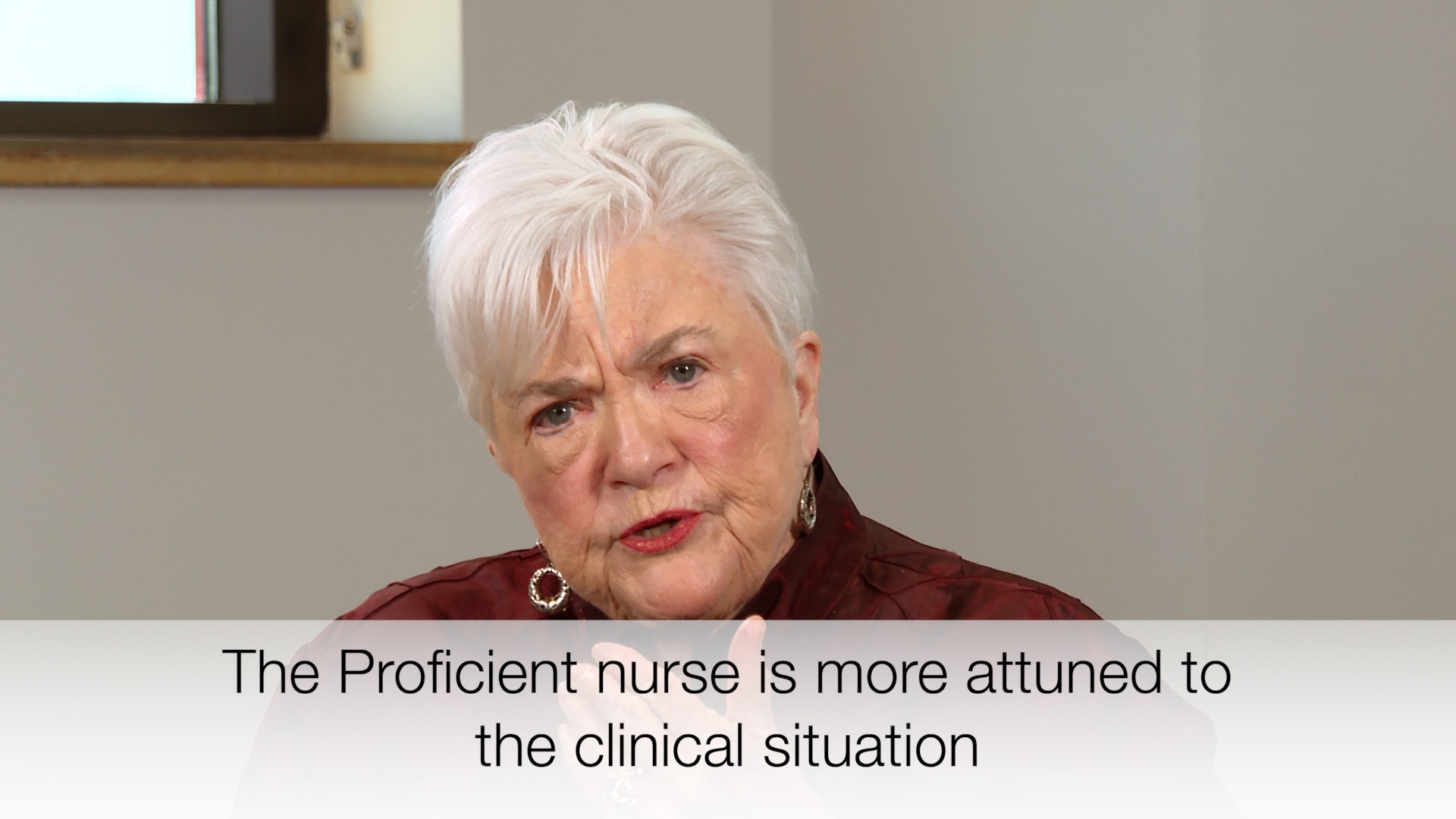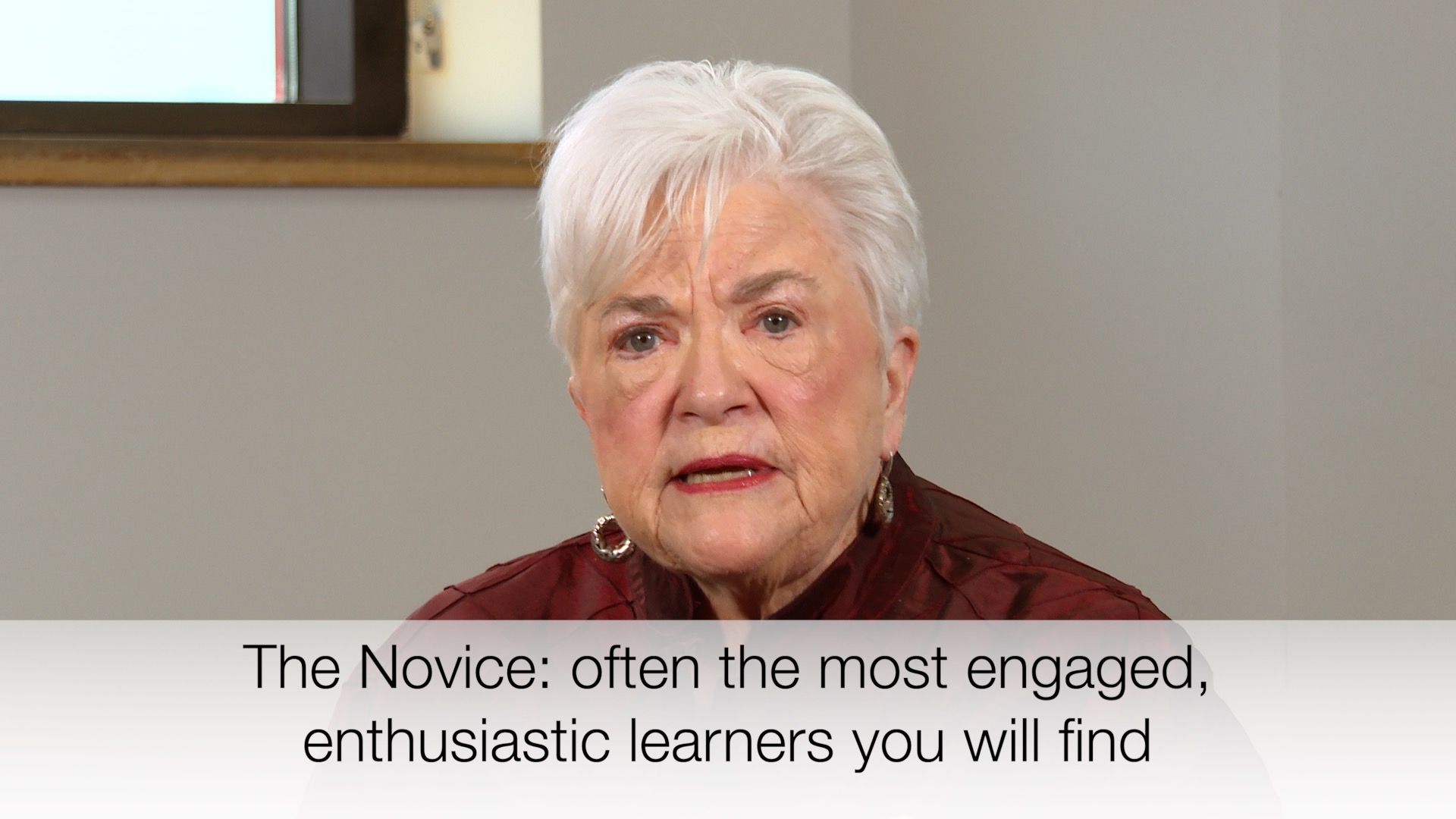Needed: Clinical Leaders for Excellent Nursing Practice
Eloise Balasco Cathcart. MSN, RN, FAAN Director of Education, EducatingNurses.com Patricia Benner, MSN, R.N. Ph.D., FAAN. Executive Director, EducatingNurses.com “Most acute care units are now staffed with less seasoned nurses. Many young nurses don’t experience that awe when they watch a mentor intuitively grasp that the patient is crashing, even before any data exists. I …
Continue reading “Needed: Clinical Leaders for Excellent Nursing Practice”
